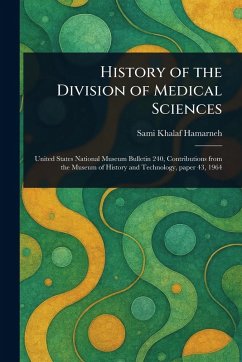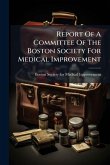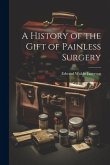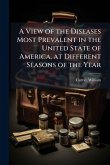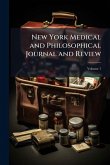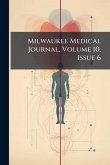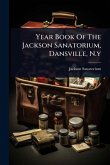Delve into the fascinating past of medical science with "History of the Division of Medical Sciences," a meticulously researched account by Sami Khalaf Hamarneh. This important historical document, originally published as United States National Museum Bulletin 240, offers a unique glimpse into the formative years of the Division of Medical Sciences within the Museum of History and Technology. Explore the development of medical history as it was understood and presented in the mid-20th century through the lens of the National Museum's collections and exhibitions. Discover insights into the evolution of medical technology and its place within American history. This volume provides valuable context for understanding the growth of medical museums and the broader history of medicine. A vital resource for anyone interested in medical history, the history of technology, and the development of museum collections related to medical science. This work has been selected by scholars as being culturally important, and is part of the knowledge base of civilization as we know it. This work is in the public domain in the United States of America, and possibly other nations. Within the United States, you may freely copy and distribute this work, as no entity (individual or corporate) has a copyright on the body of the work. Scholars believe, and we concur, that this work is important enough to be preserved, reproduced, and made generally available to the public. We appreciate your support of the preservation process, and thank you for being an important part of keeping this knowledge alive and relevant.
Bitte wählen Sie Ihr Anliegen aus.
Rechnungen
Retourenschein anfordern
Bestellstatus
Storno

